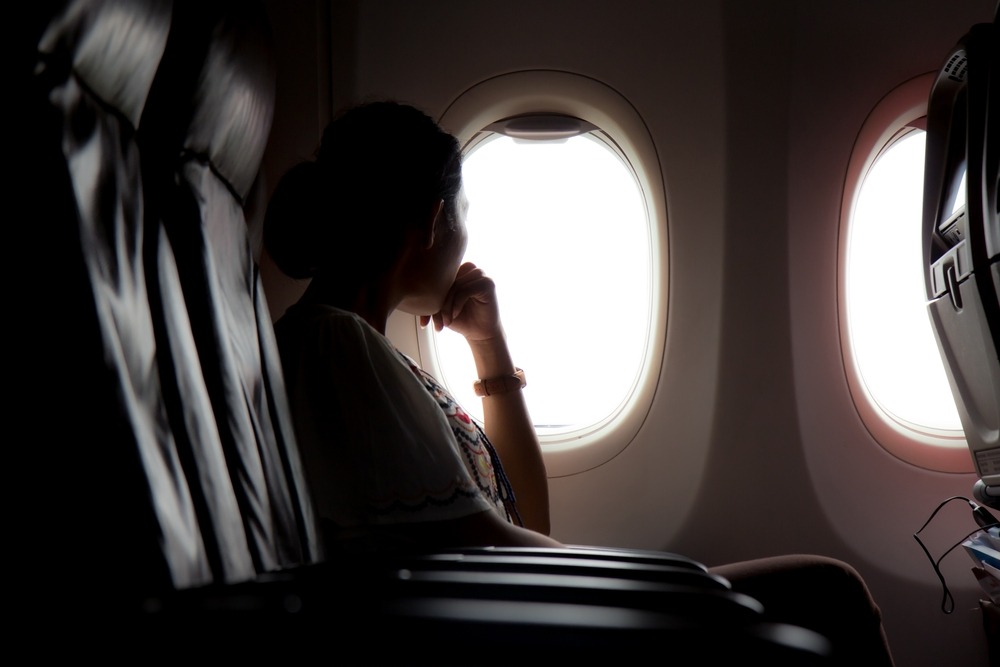
Affordable airfare allowed Americans of all ages from nearly all income levels to travel by air in 2017, with a study commissioned by Airlines for America (A4A) finding that 48 percent of all Americans had boarded a flight in the previous year.
Annual trips increased among every group and household income level expect top earners in 2017. The largest gain came among households earning $75,000 to $99,999. They took an average of 3.4 trips in 2016 and 5.1 trips in 2017.
“Airlines continue to adapt to a highly price-sensitive American public by ensuring that passengers of all income levels can choose the services and price points that meet their individual needs, making air travel affordable and accessible to everyone,” A4A Vice President and Chief Economist John Heimlich said. “The strides airlines are making to improve the flight experience — from varying fares that can fit any budget, in-flight entertainment options, gourmet food offerings and advancements in technology, both on the ground and in the air — are resonating with customers and leading to more Americans traveling more often by air.”
Overall, 81 percent of air travelers reported being satisfied with their experience. Just 1 percent reported being “very dissatisfied,” 13 percent were neutral and 4 percent were “somewhat dissatisfied.” Improvements the check-in process earned points among travelers, including increased use of apps, web tools, and airport kiosks.
“The democratization of U.S. air travel is continuing, according to the latest data we collected for Airlines for America,” Chris Jackson, the vice president of Ipsos Public Affairs, which conducted the survey, said. “In this year’s survey we found that almost half, 48 percent, of Americans flew in 2017, and the large majority of those trips, 71 percent, were for personal reasons. Compared to air travel of a generation ago that was heavily focused on those traveling for business, this shows that Americans view air travel as widely available and accessible and a principal form of intercity and international transportation.”